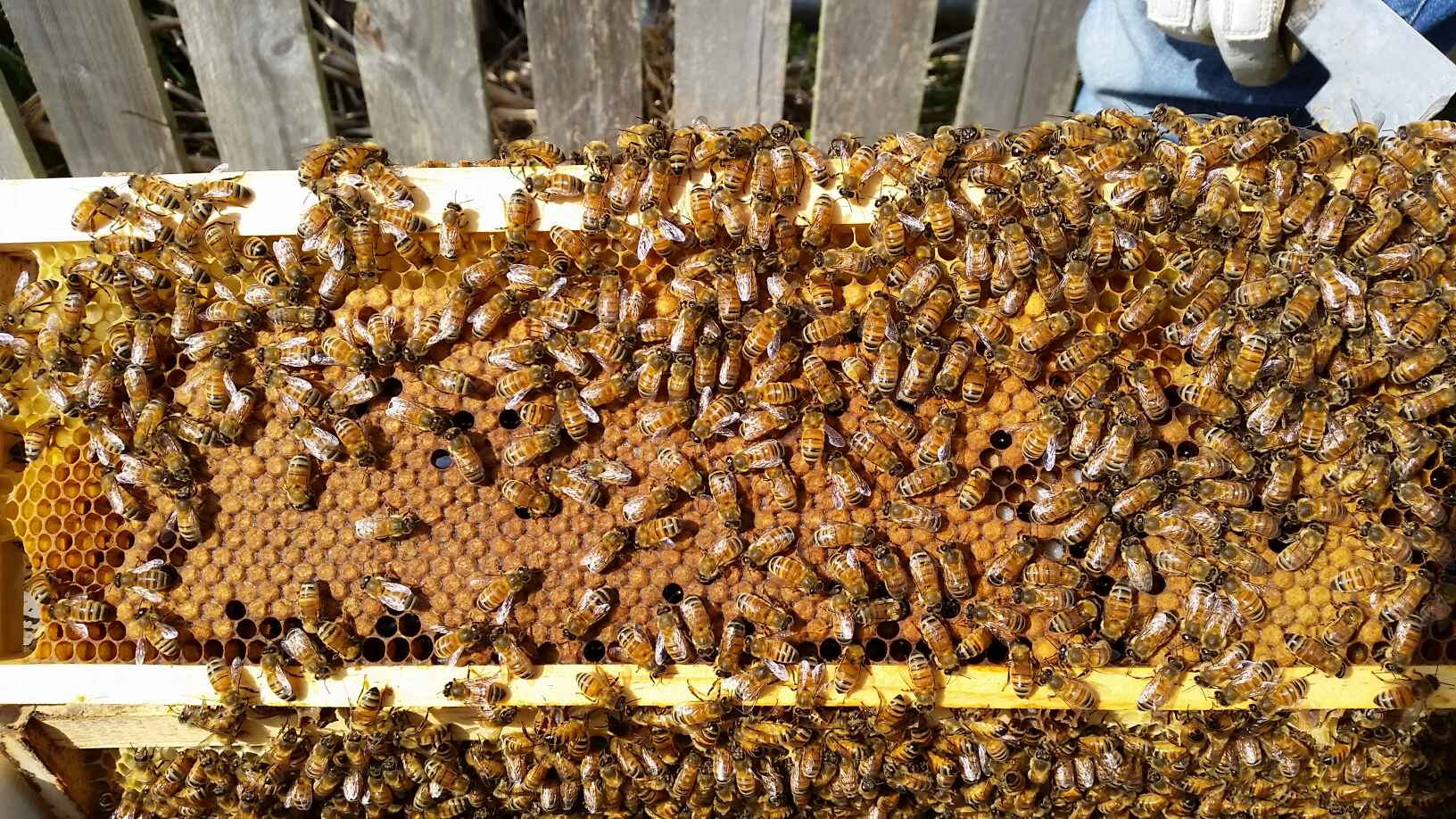End of Honeyflow
/Autumn has arrived and we are seeing less forage about. Urban beekeepers will still have some sources however if you are in the country areas, you will know that the leatherwood and gums have mostly finished. It looks like we may find some black gums that flower during Autumn and early Winter.
In suburbia or fabulous garden areas, the bees may have enough nectar to draw out comb but it will be limited and elsewhere it is impossible. The bees now will want to fill every cell they can with nectar but where there is non available, they may start using their reserves. To conserve the colony, they will reduce their numbers.
The bees will kick out the drones, reduce the breeding of forager bees and start breeding long lived bees (known as diutinus bees). Forager bees live for three weeks and wear themselves out through constant foraging trips. The diutinus bees can live for four to six months and assist the bees to winter over. Some have amazing thermal capacity to keep the cluster warm and all will be reliant on the honey, pollen and propolis stores.
So have a good look about for what vegetation is flowering and producing nectar.
If you use a lino mat as an inner cover place a sample carpet mat on top for Autumn. This will help the bees keep the temperature up and the hive dry as they cap off their honey.
Keep an eye on your honey levels and aim for at least two honey ideals for the coming winter.
Happy beeking!

